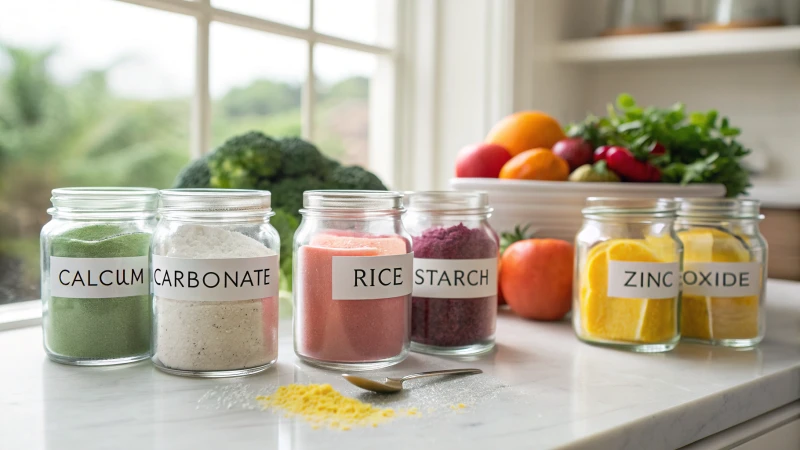
As consumers become more aware of food additives, alternatives to titanium dioxide (TiO₂) are gaining popularity. Calcium carbonate and rice starch provide similar whitening effects while being safer options. Natural pigments also cater to the clean-label trend, enhancing food’s visual appeal without synthetic dyes. With health concerns surrounding TiO₂’s nanoparticle form prompting regulatory actions in various countries, manufacturers are innovating to find effective substitutes that align with consumer preferences for recognizable ingredients. This shift reflects a broader movement towards cleaner eating and sustainability in the food industry.

